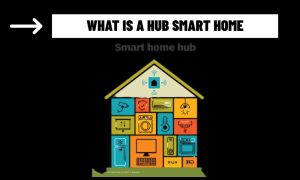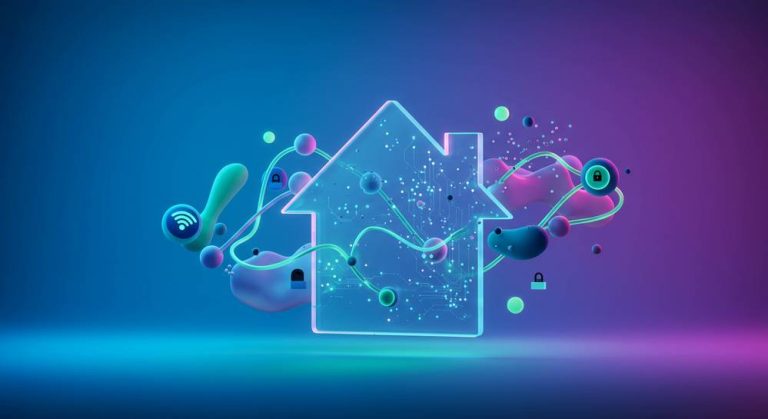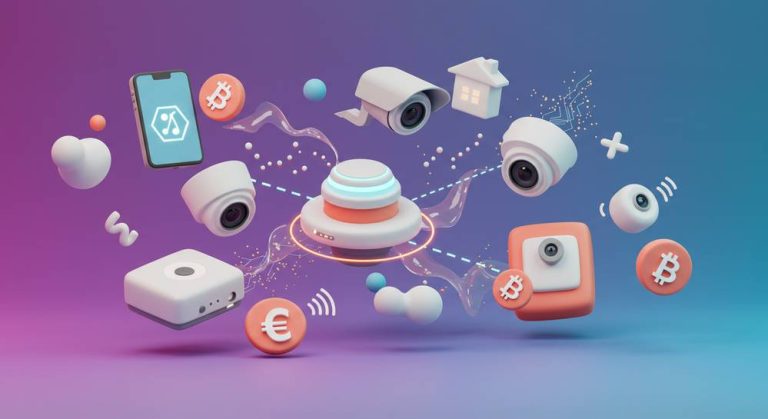In the modern age, convenience is king, and nothing exemplifies this more than the rise of smart home assistants. These AI-powered digital assistants are revolutionizing the way we interact with our homes, making tasks easier, more efficient, and highly automated. But what exactly is a smart home assistant, and why has it become such an integral part of a smart home?
The Core Functionality of a Smart Home Assistant
A smart home assistant is a voice-activated, AI-driven technology that helps manage and control various smart devices within a home. These assistants can perform a wide range of tasks, from controlling lighting and temperature to managing security systems and entertainment devices. Most smart home assistants rely on cloud-based processing and are designed to integrate with a variety of smart gadgets.
The key feature of a smart home assistant is its voice recognition capability. Homeowners can issue voice commands to manage devices, which are processed and executed in real-time. Whether you want to change the music, lock the doors, or adjust the thermostat, a simple voice command does it all, eliminating the need for physical interaction with each device.

Popular Smart Home Assistants
Amazon Alexa:
Alexa is arguably the most popular smart assistant, thanks to its versatility and compatibility with a vast number of smart devices. Whether you use an Amazon Echo speaker or integrate Alexa into a different system, this assistant can help you control everything from lights and thermostats to security cameras and appliances.
Google Assistant:
Google Assistant is built into Google Home devices and smartphones, offering seamless integration with Google’s ecosystem. It excels in answering questions, playing music, and offering smart home control. Google Assistant’s conversational AI capabilities allow for a more natural and fluid interaction with users.
Apple Siri:
Siri has been integrated into Apple HomeKit and works seamlessly across Apple devices, such as iPhones, iPads, and HomePod. Siri allows you to control HomeKit-compatible smart devices with voice commands, giving you full control over your smart home from an Apple-centric ecosystem.
Samsung Bixby:
Samsung’s Bixby is less popular than the other assistants but still plays a role in the smart home space, particularly for users of Samsung devices. It integrates with Samsung’s SmartThings platform, offering control over smart devices like lights, locks, and security cameras.
The Power of Voice Control
One of the most appealing aspects of a smart home assistant is its voice control functionality. Voice recognition has become increasingly accurate, making it possible for users to issue commands like:
“Alexa, turn off the kitchen lights.”
“Hey Google, set the thermostat to 72°F.”
“Siri, lock the front door.”
Not only does this reduce the need for manual control, but it also offers greater accessibility for those who may have difficulty interacting with traditional interfaces, such as elderly individuals or people with disabilities.
Automation and Custom Routines
Smart home assistants also enable automation, a feature that allows you to set up custom routines and schedules for your devices. For instance, you can set your smart thermostat to lower the temperature when you leave for work, and have your smart lights turn off when it’s time to go to bed. Similarly, you can create a morning routine that gradually wakes you up by adjusting the lights and playing your favorite playlist.
These automations help your home run more efficiently without requiring constant input from you. Over time, your smart assistant can even learn your habits and suggest new routines based on your lifestyle.
Security and Monitoring
When combined with smart security systems, a smart home assistant can act as a monitoring and control hub for safety features. For example, Alexa or Google Assistant can connect to smart locks to lock and unlock doors, or to security cameras to stream live video feeds on demand. The integration of these devices provides an extra layer of security, while also keeping everything easy to manage from a single interface.
Why Do You Need a Smart Home Assistant?
A smart home assistant not only adds convenience but also boosts the efficiency of your home. Whether you are cooking, cleaning, or relaxing, you can control your environment without lifting a finger. Here are some reasons to consider integrating a smart assistant into your home:
- Efficiency: Automate routine tasks like adjusting the temperature, turning off lights, or managing security systems.
- Convenience: Control your home from anywhere, whether at home or away, via voice commands or mobile apps.
- Customization: Create personalized routines and responses based on your schedule and preferences.
- Integration: Smart assistants can integrate with hundreds of third-party apps and devices, giving you a truly connected experience.
Conclusion
A smart home assistant is the backbone of a connected, modern living space. It makes managing your home effortless and efficient by allowing for hands-free control of various devices, automation of tasks, and integration with other smart technologies. Whether you’re using Amazon Alexa, Google Assistant, or Apple Siri, these assistants are transforming the way we interact with our homes, offering a more convenient, safe, and enjoyable lifestyle.















